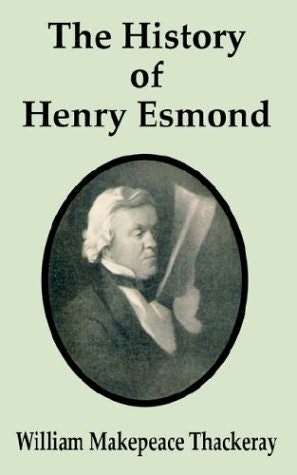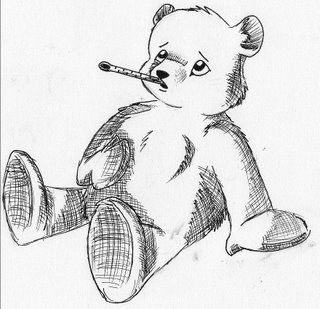Happy New Year
To all (six?) of my regular blog readers, as well as anyone stopping by while googling for Polish Christmas carols, Nora Waln, walnut cake recipes or where to find good Mexican food in Poland (nowhere)--
HAPPY NEW YEAR!!!

I shall, of course, enter 2007 six hours earlier than I entered 2006. My year is short by six hours, but I suppose that makes up for the fact I must have had six extra hours in 2006, as I had to wait six hours longer than I did in 2005. I really feel sorry for people who live and travel across the international date line. What would you do if you had six extra hours in your year?
Really fantastic and probably dangerous and certainly illegal (in the US states I've lived in) fireworks are perfectly legal and obtainable here, and this is the time of year to play with them. As the 4th of July in Poland is merely a date on the calendar, between the 3rd and 5th of July, there is no occasion for fireworks at that time. New Year's Eve is the event. Fireworks are on sale everywhere and you can stock up on rockets, firecrackers, fountains (volcanos, more like), and batteries that shoot off series of fireworks, as well as the more mundane sparklers and roman candles.
The occasional but frequent sound of these has been going on for hours (it's 10:58 pm at this moment), but it's nothing compared to what will happen at midnight. It will sound as if Krakow is a battle zone, with street fighting, shelling, and artillery fire in every direction. The "battle" will go on for some 45 minutes, at least, almost unabated, until thousands upon thousands of fireworks have been consumed in honor of the advent of 2007. We will contribute our small share.
Thousands of people will gather on the square in the center of the city tonight for music and celebration, and fireworks at midnight. I heard a joke last year that the city of Krakow made an ordinance forbidding glass bottles to be taken onto the square on New Year's Eve, and the next day, the sanitation department only had to sweep up four tons of glass. Although I never plan to join the party on the square, here's picture from last year:

Happy New Year! and Szczęśćliwego Nowego Roku!














